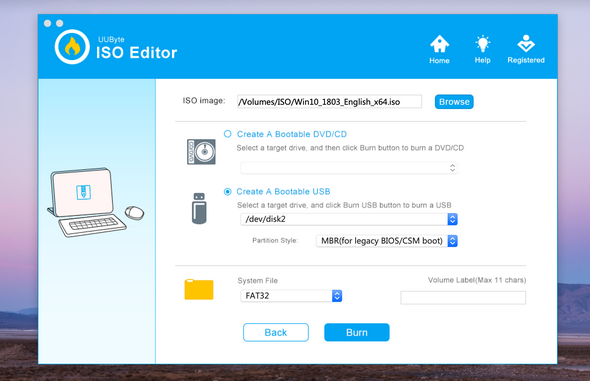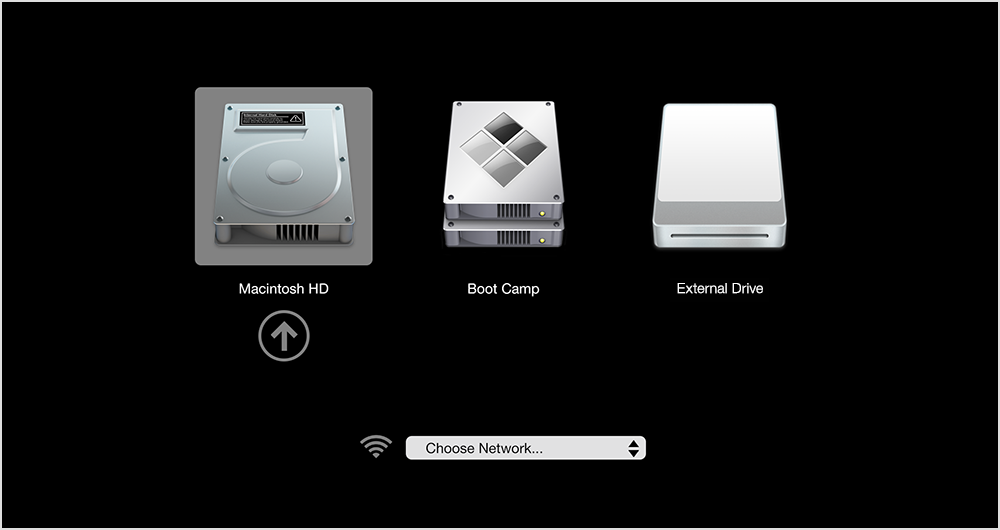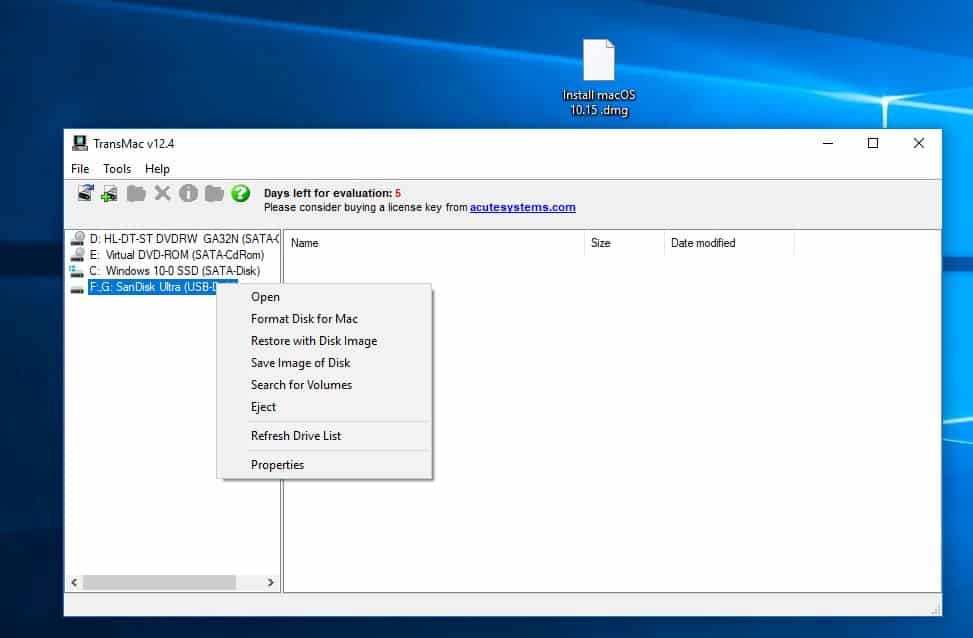

- #MAKE A BOOTABLE DISK ON WINDOWS FOR MAC MAC OS X#
- #MAKE A BOOTABLE DISK ON WINDOWS FOR MAC INSTALL#
#MAKE A BOOTABLE DISK ON WINDOWS FOR MAC INSTALL#
When Terminal says that it's done, the volume will have the same name as the installer you downloaded, such as Install macOS Big Sur. DiskMaker X (formerly Lion DiskMaker) is an application built with AppleScript that you can use with many versions of OS X/macOS to build a bootable drive.After the volume is erased, you may see an alert that Terminal would like to access files on a removable volume.Terminal shows the progress as the volume is erased. It allows you to edit, add files to, delete content from, rename and do a lot more with DMG files on Windows without any conversion necessary. DMGGeeker is an emerging star in the world of disk image file management software. When prompted, type Y to confirm that you want to erase the volume, then press Return. Such a disk can be used to boot a Mac computer.Terminal doesn't show any characters as you type your password.


#MAKE A BOOTABLE DISK ON WINDOWS FOR MAC MAC OS X#
Sudo /Applications/Install\ macOS\ High\ Sierra.app/Contents/Resources/createinstallmedia -volume /Volumes/ MyVolume Once you have located the Install Mac OS X Lion icon in you Applications folder, right click it and select Show Package Content. Sudo /Applications/Install\ macOS\ Mojave.app/Contents/Resources/createinstallmedia -volume /Volumes/ MyVolume Sudo /Applications/Install\ macOS\ Catalina.app/Contents/Resources/createinstallmedia -volume /Volumes/ MyVolume Sudo /Applications/Install\ macOS\ Big\ Sur.app/Contents/Resources/createinstallmedia -volume /Volumes/ MyVolume If it has a different name, replace MyVolume in these commands with the name of your volume. These assume that the installer is in your Applications folder, and MyVolume is the name of the USB flash drive or other volume you're using. Type or paste one of the following commands in Terminal.Open Terminal, which is in the Utilities folder of your Applications folder.Connect the USB flash drive or other volume that you're using for the bootable installer.


 0 kommentar(er)
0 kommentar(er)
